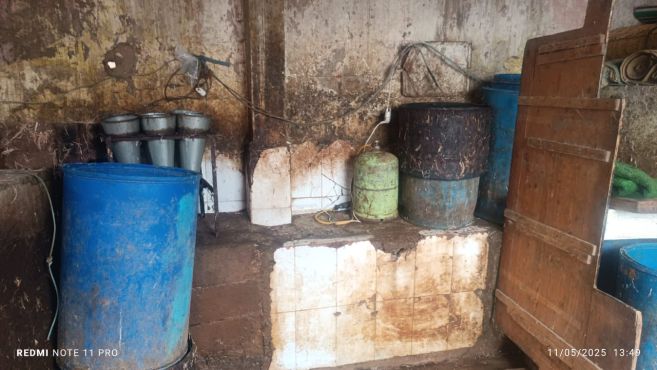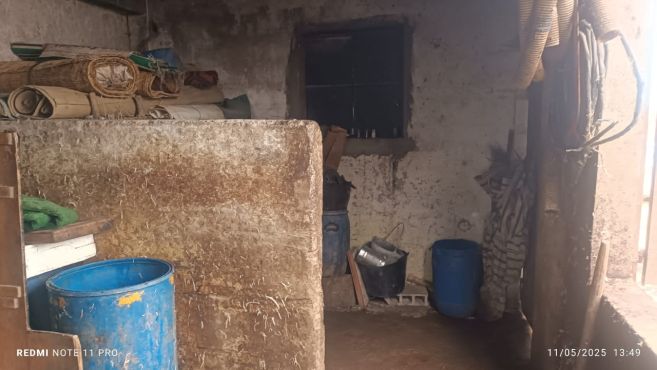Residents of the Had Draa a commune near Essaouira are in shock after photos emerged revealing appalling conditions inside the local slaughterhouse at the weekly market. The images, widely circulated online, show blood and filth spread across the facility, highlighting a complete absence of basic hygiene and safety standards. The revelations have sparked widespread outrage and fierce criticism over the management of this sensitive public service.
In response, Hassan Elhart, a representative of the Had Draa commune, downplayed the images, claiming they were taken «before the cleaning process began». He acknowledged the challenges the facility faces, stating, «It’s impossible to maintain 100% cleanliness», while noting that the slaughterhouse remains a public facility.
But this explanation failed to convince civil society activists—in fact, it further fueled their anger. Abderrahim Aabail, head of the communication and liaison department at the National Organization for Human Rights and Anti-Corruption in the Essaouira region, which brought the issue to light, described the situation as «catastrophic by all standards». He added, «Our field inspections revealed a total lack of oversight. The slaughterhouse is in a severe state of disrepair, with blood and waste everywhere and no trace of the most basic hygiene or health safeguards».
Elhart attempted to clarify that the image showing a large amount of blood «belongs to a neighboring facility, not used for slaughtering, but where butchers leave skins, which caused that situation». He added that the commune rents the slaughterhouse annually through a public tender with contractual obligations, including cleanliness. «We require the lessee to hire workers to clean the place before leaving, and the commune’s trucks collect the garbage weekly», he said.
Civil society unconvinced
Still, this explanation did little to satisfy Aabail, who questioned : «Isn’t it the commune’s duty to monitor the implementation of the contract? If there’s a documented violation, where is the commune’s responsibility in terminating the agreement?»
«We were the ones who documented the disaster. I entered the facility myself and was shocked. There is no oversight—neither before nor after slaughter. There are no refrigerators, as the contract requires, and absolutely no signs of cleanliness», he argued.
In contrast, Elhart stressed that the current slaughterhouse is «temporary», pending the construction of a new facility approved by the Association of Regions, with a projected budget of 4.2 billion centimes. «Only a few administrative steps remain before the work begins», he said.
But Aabail remains unconvinced, pointing out «a complete absence of water and basic sanitary infrastructure», making it «impossible to ensure the cleanliness or safety of the meat being distributed».
«This isn’t just a failure to meet health standards—it’s a direct threat to public health. Citizens are being exposed to potentially contaminated meat. This is an insult to the people», he slammed.
The situation has put the commune’s administration on the defensive amid mounting public criticism. Elhart acknowledged that the facility is under seasonal strain, especially during the regional Regraga festival season, when slaughter activity can increase tenfold. «Slaughtering usually takes place on Sundays, and during this season, the pressure becomes extremely difficult to manage», he said.
In response, the National Organization for Human Rights and Anti-Corruption is calling for an urgent and thorough investigation to determine responsibility and hold those involved accountable.





 chargement...
chargement...



















